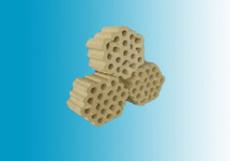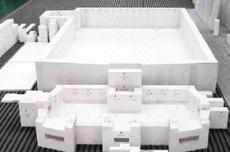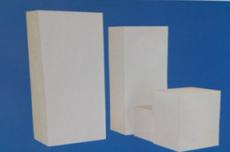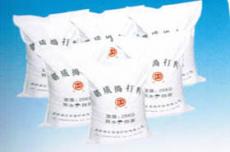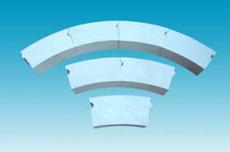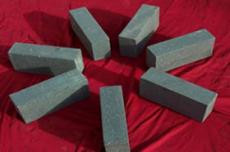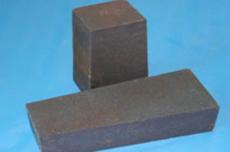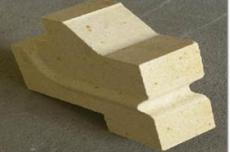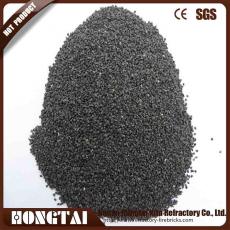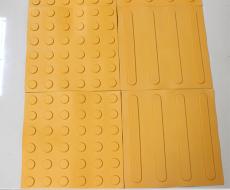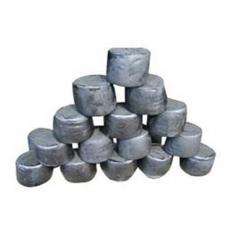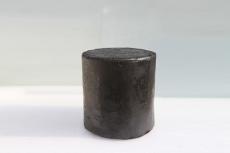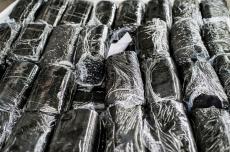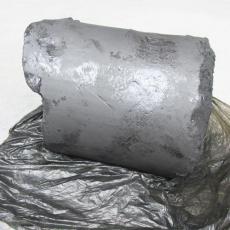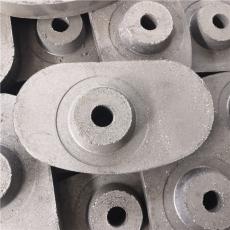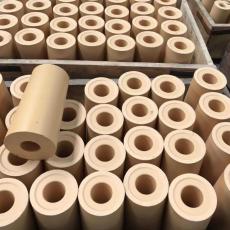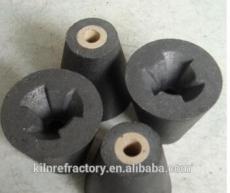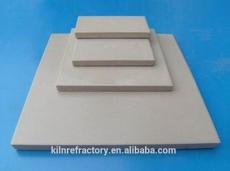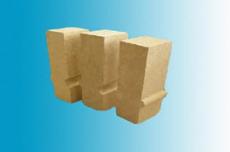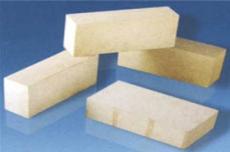
- Glass melting furnace refractory materials-
The function of channels, feed channels and feed troughs is to complete the thermal regulation of glass liquid and transport the glass liquid to the molding machine to form products. The parts that contact the glass here have only a very low erosion rate because the temperature here is lower than the temperature in the clarification part. The glass liquid in these parts is very sensitive to the stones, streaks and bubbles generated by the refractory materials here. The reason is that the defects generated here have little or no chance to assimilate in the glass (or in the case of bubbles, they can only escape by gravity).
Except for some borosilicate glass melting furnaces (where borax is volatile, zirconium refractory materials are required), the environment of the upper structure of these parts is very mild, with only a small amount of steam erosion. Mullite bricks and high-alumina bricks are mainly used here to prevent dripping.
Some parts of these parts, such as slag-blocking bricks and stirrers, are partly in contact with the glass and partly not in contact with the glass, so special attention should be paid to their performance (especially thermal shock resistance) because the environment they are in has some special features.
Trough bricks, channels
Trough bricks are generally made into a single "U"-shaped brick, but in some glass melting furnaces, due to special refractory material requirements, they can be made into multiple pieces to form a U-shaped trough to transport glass materials to the molding machine. At present, molten α, β-corundum bricks, molten AZS bricks and sintered AZS bricks are generally used in actual work. Some special glass melting furnaces, such as borosilicate glass melting furnaces, require dense zirconium bricks, and if it is a fiberglass melting furnace, it requires a dense zirconium/chrome brick structure.
Stirrer, slag-blocking bricks
These parts belonging to the feeding channel have a unique environment. They are all partly in contact with the glass liquid and partly not in contact with the glass liquid at the same time. The use of these parts is also intermittent, because neither stirring nor slag blocking is carried out continuously. The refractory materials of these parts must have a high degree of thermal shock resistance to withstand the operation of entering and exiting the glass liquid, that is, alternating contact and separation from the glass liquid. Mullite-grade refractory materials are the most commonly used, and melt-cast refractory materials and sintered zirconium-aluminum-silicon refractory materials are also used.
Consumable parts
Consumable parts include material basins, punches, sleeves, material bowls, trough bricks, flow nozzles, etc. Since these parts are the last parts of the tank kiln to contact the glass, they are very sensitive to some glass qualities. The erosion rate on the above refractory parts is very slow because the viscosity of the glass is high in these uses. However, due to this high viscosity, these parts will be subject to the combined erosion/scouring effect. This is especially true for parts such as trough bricks and flow nozzle bricks. These refractory parts, depending on their use, also need to have good thermal shock resistance. The characteristics of the refractory materials used in this area are very different, and must be determined by the quality and service life requirements of these parts and the economic effect of the operation. In some melting furnaces, molten casting refractory materials are mainly used for material basins, trough bricks, flow nozzles, etc. Parts such as punches, sleeves, and bowls are usually made of mullite, high alumina or sintered AZS refractory materials, which require them to have good thermal shock resistance because they are replaced quite frequently.
